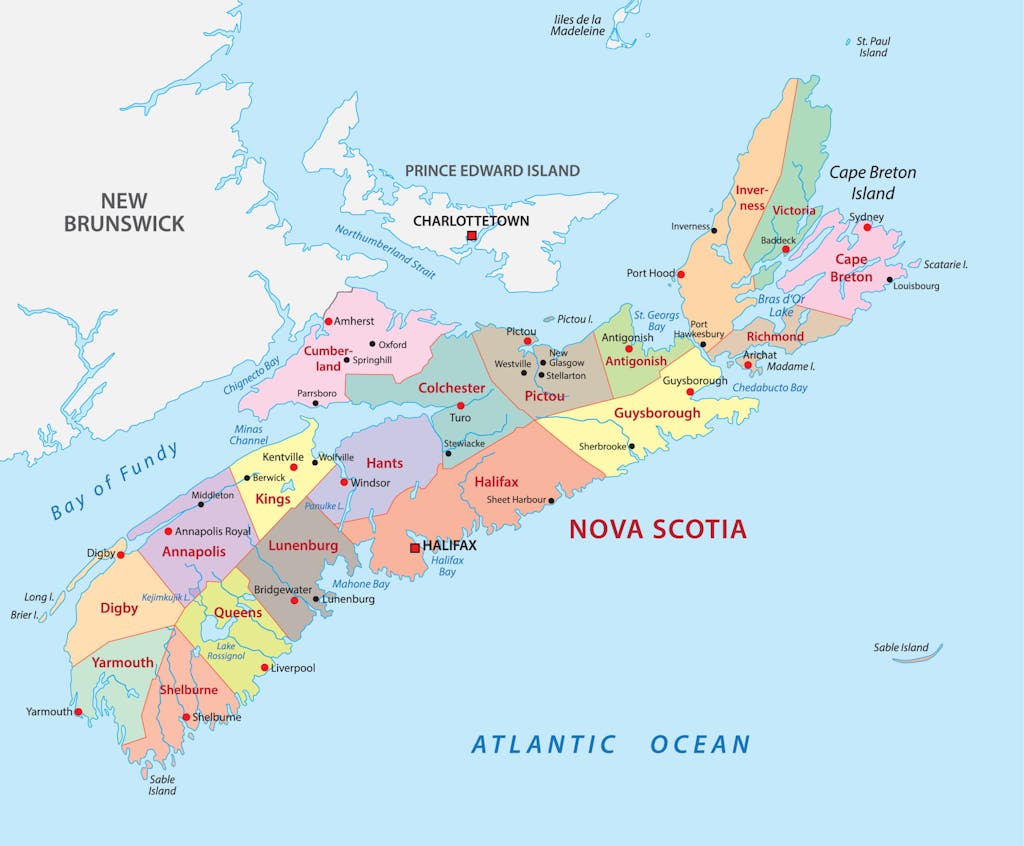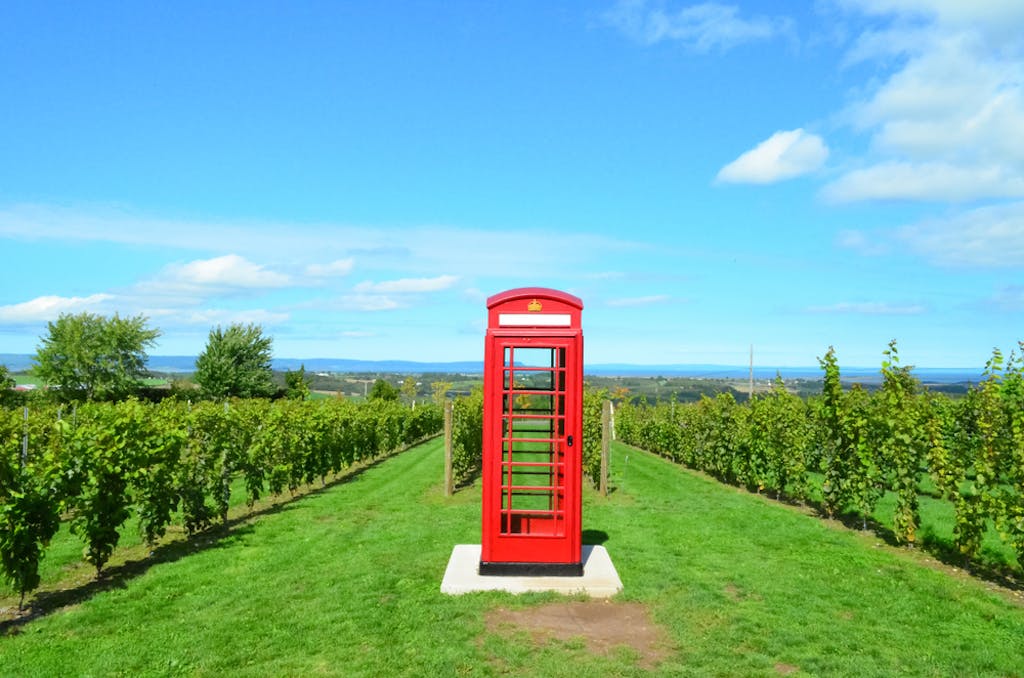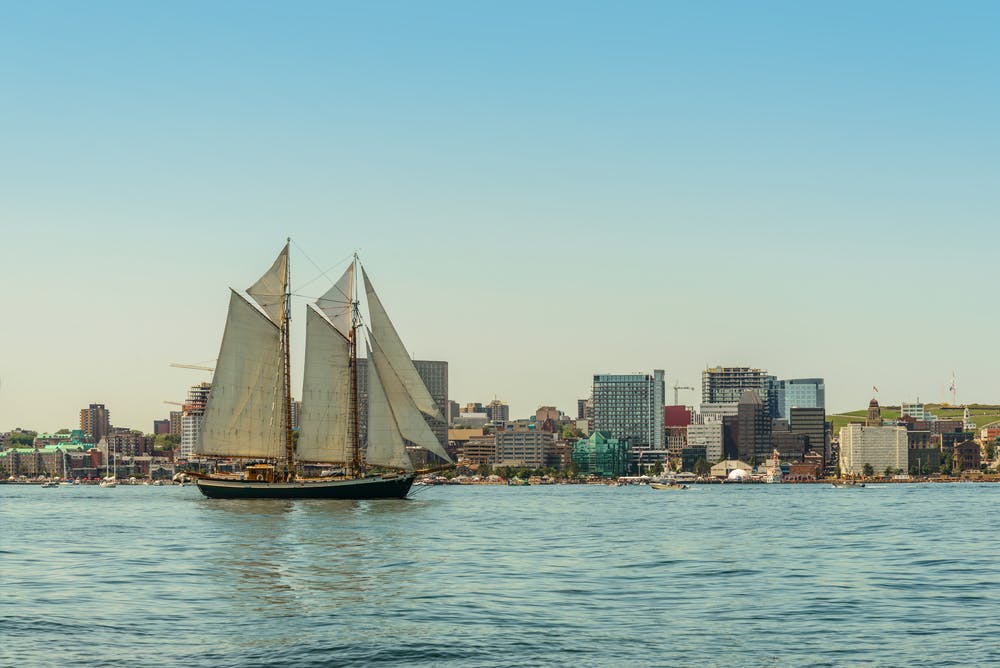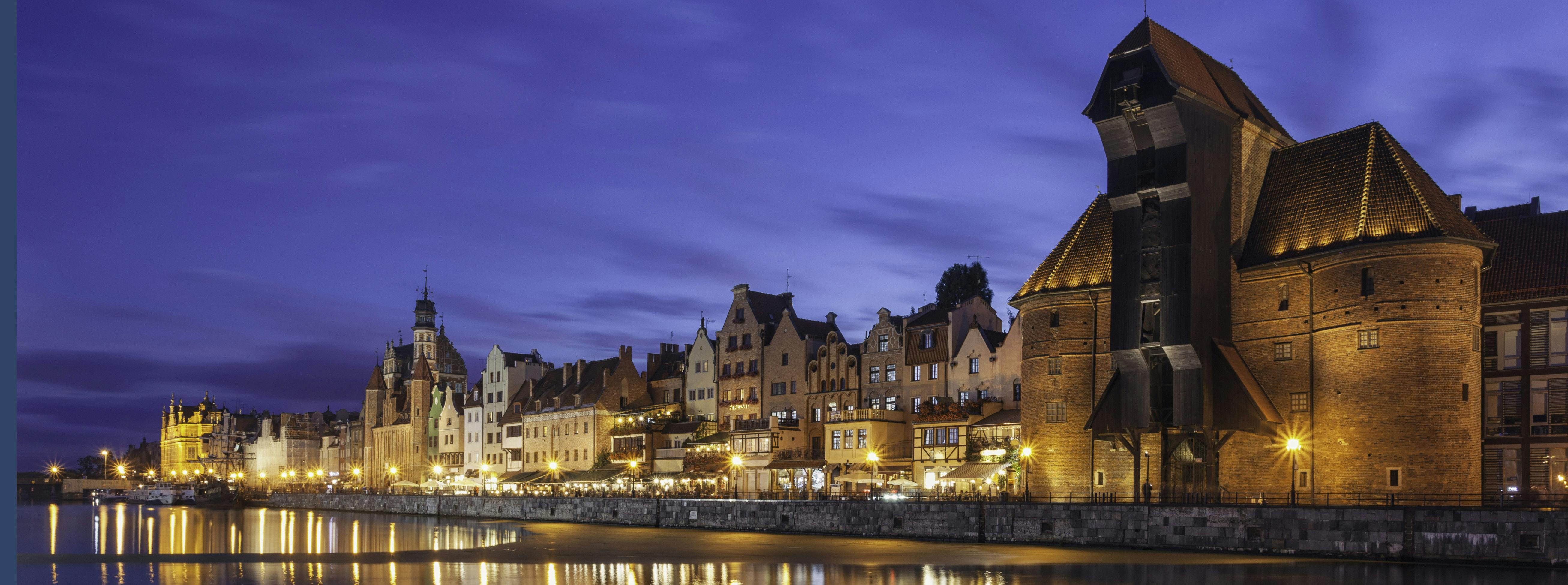Our Insider’s Guide: Canada’s Halifax
Tell a Canadian you’re going to Halifax, Nova Scotia, and chances are you’ll hear “Lucky you!” We Canadians have an affection for our Maritime provinces, thanks to their gentle vibe and a sense of welcome that seems to be baked into its DNA.
The Maritimes are low on glitz and high on hospitality. Add the splendor of fall foliage, with its Impressionist swaths of yellow, orange and red, and you can see why people travel from all over the world to experience autumn in Canada. Even for us, the fall colors never get old.
Halifax, the provincial capital, is accomplished at putting the welcome mat. With a population of about 415,000, making it the largest city in Atlantic Canada, Halifax is a charming combo of historic town, bustling seafront and, thanks to the universities, youthful feel. The British established the city, about halfway down Nova Scotia’s East Coast, in 1749, drawn to the fine harbor that is still the heart of the city.

As we begin to emerge from the pandemic, Halifax – and Nova Scotia – are an excellent way to experience life as it was in the before times. Life here runs at a slightly slower pace, but it’s one you might well become enchanted with.
I’m not a Nova Scotian, but I treasure my visits here. Here are some of my favorite things to see and do.
A starting point

For a great view and city orientation, head up to the star-shaped Citadel, a National Historic Site and, in summer, home to soldiers on parade in 1800s uniforms. Admire the view of the harbor and the 1803 clock tower. If you’re here at midday, the noon gun will fire just like clockwork.
The city’s hilly streets are dotted with colorful houses, pubs and shops, and you’re never too far from an ocean view.

The waterfront, steps from downtown, has been revitalized from a weary and begrimed part of the city to a sparkling destination, complete with a boardwalk awash in craft shops and food trucks, including one serving Beaver Tails, a pastry that’s uniquely Canadian: crispy, chewy and decadent. Weather permitting, claim one of the colorful hammocks and watch the passing parade.
A new addition to the retailers is the flagship store of Peace by Chocolate, a business founded by a Syrian refugee family that has given us a sweet incentive to remember the important role new Canadians play in our national fabric.
In Halifax, there’s seemingly a museum for almost every interest. Pier 21, often likened to New York’s Ellis Island, is a one-time waterfront immigration shed that pays homage to immigrants who chose Canada as their new home. In all, more than 1 million newcomers were welcomed at Pier 21 from 1928 until its closure in 1971, including almost 50,000 war brides who married Canadian servicemen overseas in World War II, then joined their husbands here after the war.
Sightseeing worth your while

If you would like to learn more about Canada’s role in World War II, visit HMCS Sackville, the last of a class of small ships called Corvettes that served in the Battle of the Atlantic. Now Canada’s Naval Memorial, the Sackville is easily accessible at its mooring on the waterfront. Striding up the steep gangplank and walking through the dark, cramped quarters where the crew worked, ate and slept helps you appreciate for the comforts of a Silversea cruise. (Be sure to check that the Sackville will be on-site; it moves to the Naval Dockyard in November, returning to the waterfront in mid-June.)
The Art Gallery of Nova Scotia, also near the waterfront, houses much-loved works by Atlantic Canadians, including Christopher and Mary Pratt, and the entire one-room house of Maud Lewis, a painter who struggled with poverty and arthritis yet became Canada’s most renowned primitive artist. She’s the subject of the movie “Maudie,” a moving tale of a hard life in rural Nova Scotia in the mid-1900s.

If you’re looking for a little greenery during your visit, the manicured 17-acre Public Gardens are an easy walk from the waterfront. A tribute to the Victorian style of formal gardens, the Public Gardens feature lovingly cared-for flower beds, fountains and statues – and, of course, a bandstand.
For a bigger hit of nature, head to Point Pleasant Park on a peninsula in the city’s south end – about 15 minutes from downtown. At 186 acres, this breath of fresh air is much loved by local walkers, runners, dog owners and cyclists.
If the great indoors is more to your liking, countless shops beckon. Atlantic Canada is known for its artistic scene, and there’s no shortage of boutiques brimming with collectible crafts, clothing and artwork. The waterfront Historic Properties, a three-block stretch of 19th-century brick warehouses considered of national historic importance, is home to jewelers, galleries, gift shops, restaurants and pubs.
You’ll find the quirky Hydrostone District, a 1920s planned community that’s considered North America’s first suburb, in the city’s north end. With streets lined with row-houses made of concrete blocks (“hydrostone”), it’s now one of the coolest places to live in the city. Make like a local and browse the independent boutiques, bakeries, antique shops, restos and pubs.
If all this leaves you parched, there’s nothing like slaking your thirst in a university town. Halifax’s pub scene is more than lively, with the requisite live music showcasing the region’s toe-tapping talents. One of the most popular downtown watering holes is the Henry House, found in an 1835 stone house. Or for a dinery a little more sophisticated, try the Hermitage, Bicycle Thief or the Ostrich Club in the Hydrostone Market. Chowder is always an excellent choice – and we Canadians like to think we have, ahem, the best lobster in the world (even if it’s just in a humble lobster roll).
If you’re more interested in scenery than city…

Halifax is the ideal jumping-off point for visiting some of the prettiest places in the province. Dotted with waterfront villages and home to more than 60 lighthouses, rural Nova Scotia is a much-loved gem in Eastern Canada. Add the exuberant fall colors to the palette and the scenery becomes pure calendar art.
Did you know that Annapolis Valley, outside of Halifax, is home to a dozen wineries? We loved our lunch and wine tasting there, and the opportunity to stroll through the vineyards capped the day. The picturesque region borders the massive Bay of Fundy, renowned for its highest of tides.
Head southwest of the city to discover some of the best-loved sites, including the iconic Peggy’s Cove Lighthouse (photo above, top of page). It’s especially beautiful at sunset. Mahone Bay is known for the vista of three pretty, neighboring waterfront churches, easily spotted as you enter the village.
The town of Lunenburg combines the reality of the fishing industry with a backdrop of unintentional beauty, a sweep of brightly colored colonial era homes so stunning that the town is a UNESCO World Heritage Site. It’s also the home port of the beloved schooner Bluenose II. (For a preview, check out the back of the Canadian dime.) The streets near the waterfront are home to restaurants and souvenir shops, and the ocean is always ready for its close-up.



















